Have you ever had the experience or felt the wholesome feeling of saving someone’s life with a timely healthcare facility? Getting proper healthcare is a basic thing for each and every living being in this world. Unfortunately, not everyone in the world has access to high-quality healthcare due to escalating medical costs. The invention of telehealth and telemedicine both aim to fix the gap in healthcare availability between people. Telemedicine refers to a more specific industry that falls under telehealth.

What is Telemedicine?
Telemedicine is practicing medicine using information and digital technology to deliver healthcare from a distance.
Follow-up visits, chronic condition care, medication management, specialist consultation, and a variety of other clinical services can be delivered remotely using telemedicine technology’s secure video and audio. But it is limited to the delivery of clinical services.
What is Telehealth?
The practice of telehealth refers to the use of electronic data and communication technology to promote and support advanced long-distance clinical and non-clinical health care.
It offers non-clinical services, like health administration, provider training, patient and professional health-related education, and public health.
Digital data from telehealth and telemedicine includes videos, digital images, or text files stored on computers.
Did you know?
The US Department of Health and Human Services estimates that 60% of all medical institutions use some form of telehealth.
These four delivery methods represent all telehealth and telemedicine events
- Video conferencing
- Store and Forward
- RPM – Remote Patient Monitoring
- mHealth
Video conferencing
Synchronous telehealth or video conferencing refers to any method that allows patients to communicate directly with their healthcare provider. A video chat with a doctor or nurse falls under this category.
Not only does it reduce travel time and stress for both patients and healthcare professionals, but it also helps to expand access to healthcare in rural and other less-accessible places.
Also Read: An Overview on Telemedicine Software and Video Conferencing
Video-conferencing between a patient and a doctor is referred to as telemedicine
Video-conferencing between a specialist and a medical student is referred to as telehealth
Advantages of video conferencing
- More reliable and efficient communication is provided via telemedicine and video conferencing
- Saves time and money
- Geographical barriers between providers and patients can be removed with medical video conferencing
- Increased efficiency and productivity
- Patient retention is boosted by remote telehealth
Store and Forward
The term refers to the methods used by telemedicine and telehealth service providers to collect, preserve, and distribute access to patient medical data that doctors utilize to deliver quality care. It covers any process that collects a patient’s data and stores it on a cloud-based platform and makes it accessible to a healthcare provider at a different location.
The steps followed in store and forward method
- Software-driven surveys ask the patient particular questions and automatically select further questions to probe more into the patient’s predicted situations in response to the responses
- Thus, the telemedicine system creates an intelligent questionnaire for the patient in order to collect the necessary clinical data
- The doctor can quickly assess the patient and develop a treatment strategy because they can quickly see all the important information at a single glance
A patient’s x-ray related to an injury currently being diagnosed is telemedicine
If it’s an infographic or academic publication used in a presentation to surgical residents is telehealth
Advantages of the store and forward method
- User-friendly, secure applications
- Scheduling flexibility
- Improves workloads for specialists
- Convenience
- Reduced wait times for diagnosis & treatment
- Second opinions
- Encourages thorough data review
- Breaks down language and cultural barriers
According to the American Medical Association, over nine out of ten healthcare providers said they had invested in or were considering remote patient monitoring systems.
RPM – Remote Patient Monitoring
Remote patient monitoring is a technique of providing healthcare that collects patient data outside of conventional healthcare settings using the most recent developments in information technology.
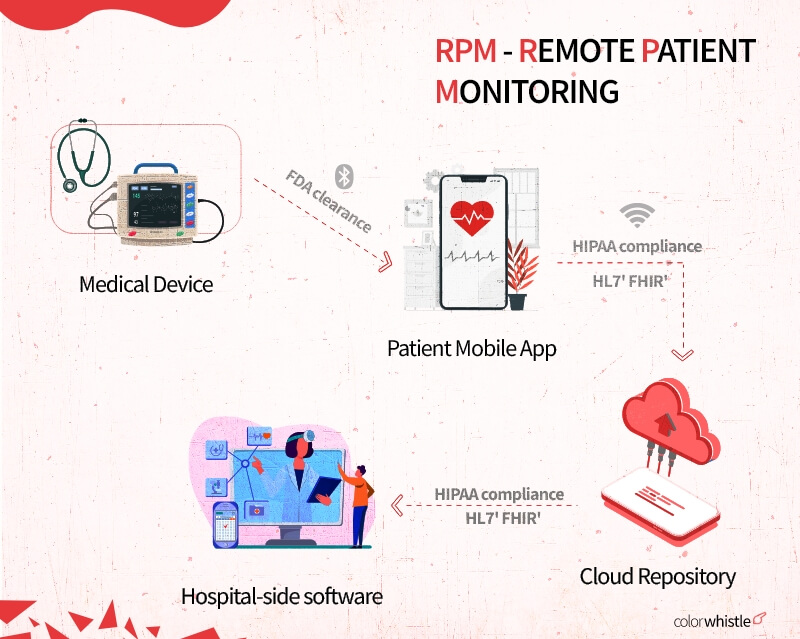
Most of the RPM is telemedicine because it is directly related to clinical patient care.
If the researcher collects daily step counts from a wearable device for research purposes, it is telehealth.
Advantages of remote patient monitoring
- Improved patient outcomes
- Improved compliance rates
- Reduce Risk of Disease Transmission
- Free Up Limited Hospital Resources
- Faster Access to Better Patient Data
- Cost Savings
mHealth
mHealth is similar to remote patient monitoring. Telehealth and telemedicine services are performed by tablets, and smartphones are included in mHealth. Patients can use wearable technology – such as Fitbit, iwatches, and heart rate monitors to track their health.
It allows users to track sleep, heart rate, blood sugar levels, and much more fall into this category as well.
Integrating telemedicine or telehealth into your practice needs secure HIPAA-compliant software, high-speed internet access, a range of devices, and staff training.
Conclusion
Telehealth and telemedicine both have their own unique set of obstacles, as with any technology-based service.
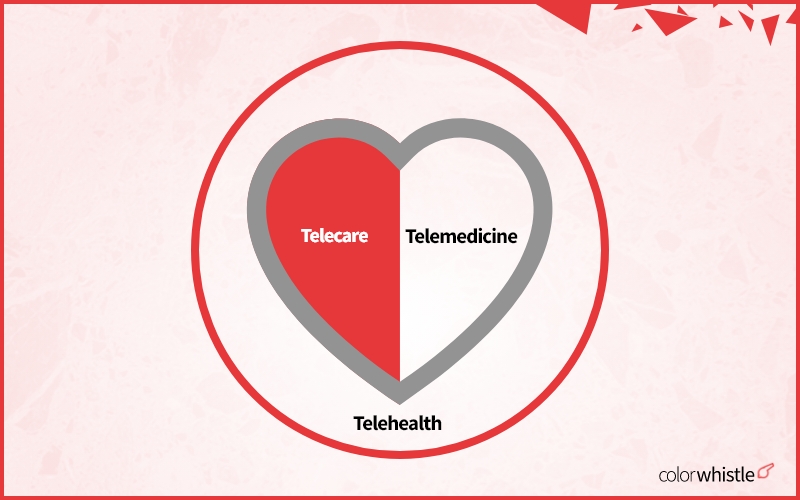
Are you a healthcare business person who is looking to invest in these technologies to uplift your healthcare business? No worries! You landed in a perfect place to level up your healthcare industry. At Colorwhistle, We have a well-experienced technical team to help you with all of your requirements.
Feel comfortable and drop a message or call us at +91 (944)-278-9110 (or) +1 (919)-234-5140. Please leave your opinions in the section below.

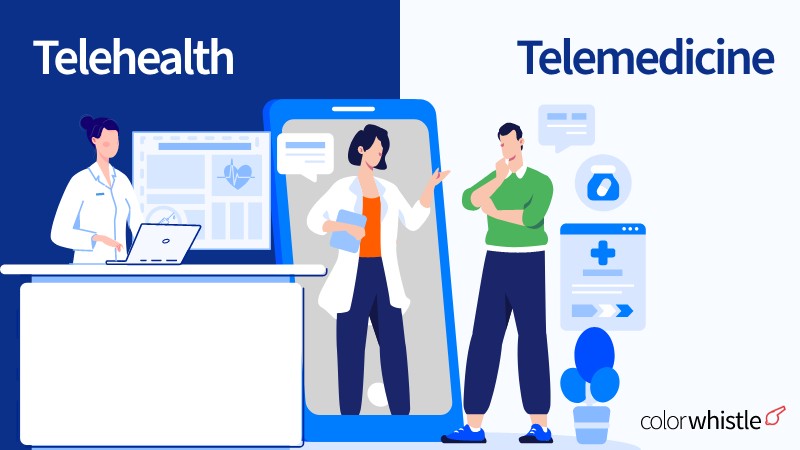
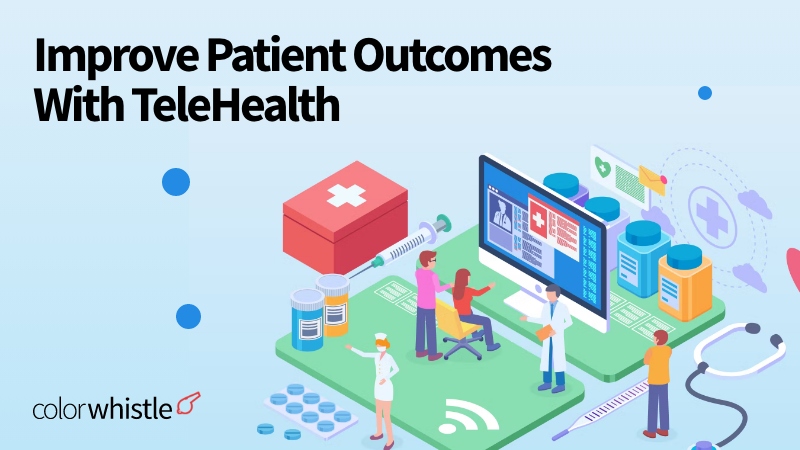

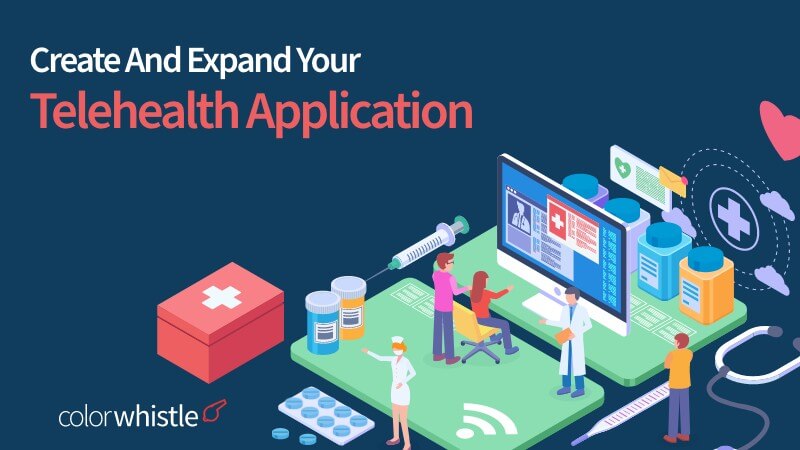

Great, Keep it up and Thanks for sharing such a good information.